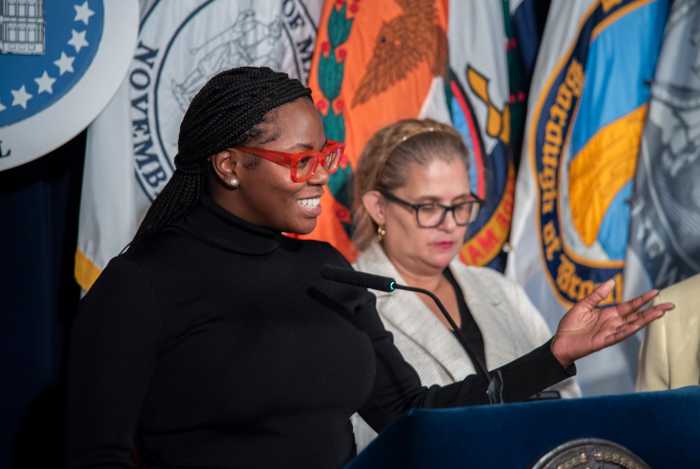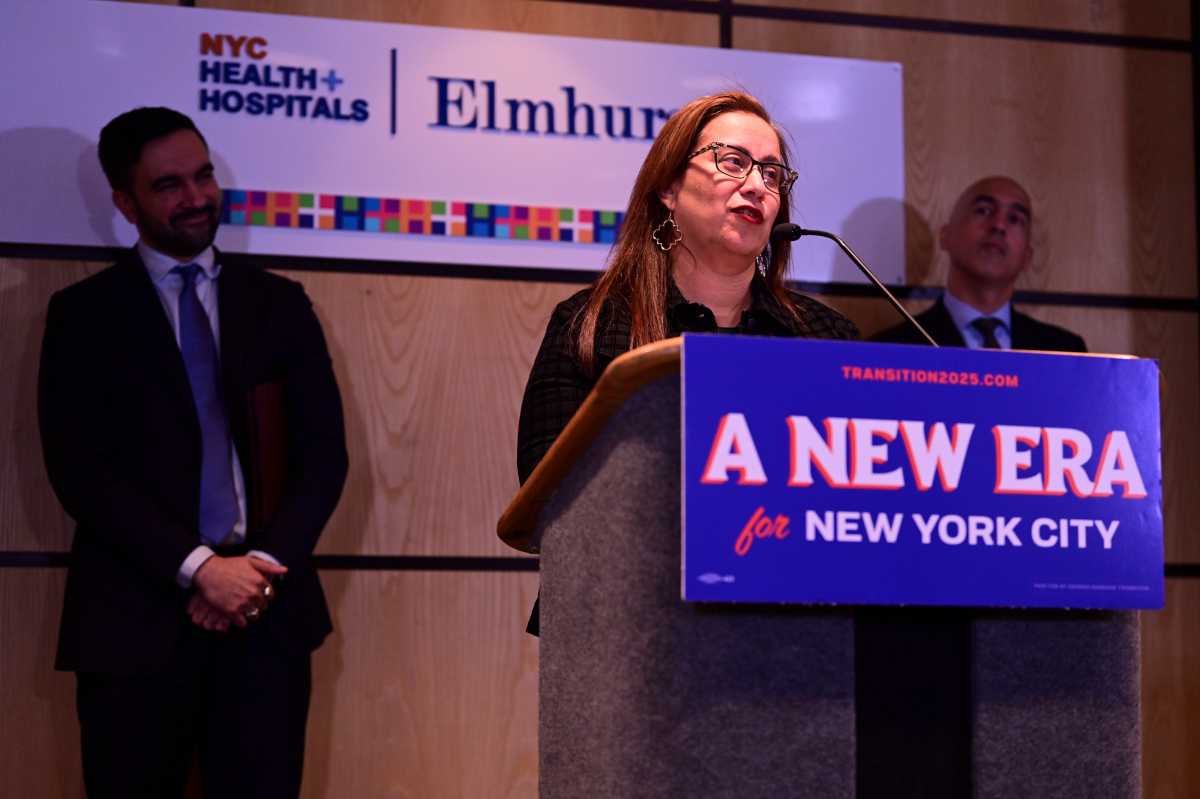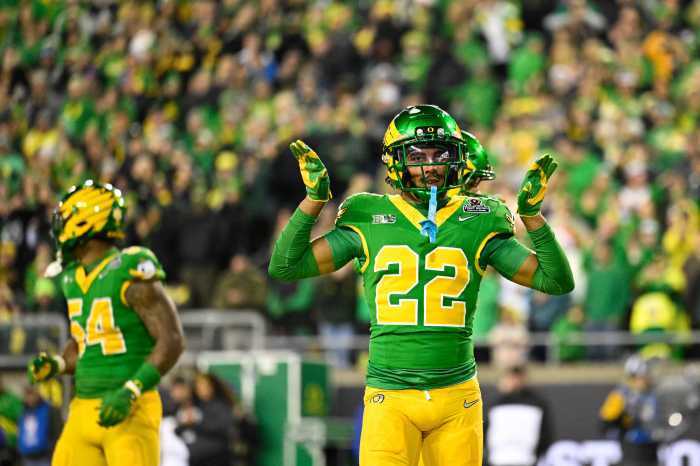By Tom Momberg
The votes have yet to be tallied as New York City participatory budgeting continues into the weekend, but Queens council members expect the turnout to be at an all-time high.
Participatory budgeting is a democratic process in which residents from participating council districts can have an active part in the decision process as to how some New York City discretionary funds are spent: About $1 million in each district.
In districts like Councilman Mark Weprin’s (D-Oakland Gardens), which have conducted participatory budgeting for consecutive years, the participation has climbed.
About 1,100 residents from Weprin’s district turned out for the first year in 2013 and about 1,600 in 2014. He said he expects well over 2,000 to vote this year given the high number of first- time council districts taking part, and the large number of items on the ballot.
Ballot items in Weprin’s district include closed circuit television upgrades to two local libraries, adding fitness equipment at Alley Pond Park, rehabilitating the Vanderbilt Motor Parkway, installing countdown clocks at select bus stops, renovating gymnasiums at two local high schools and much more.
There are anywhere from one to two dozen ballot items in each district covering a wide range of small capital projects as its libraries, schools and parks vie for the same funds.
It has been civic groups, parents and neighborhood associations that have been fine-tuning each project proposal for at least the last year. For many of them, this week has been about trying to reach the greatest number of residents to get out and vote for their project.
“I was skeptical about participatory budgeting at first,” Weprin said. “I wondered whether people would want to get involved, or whether it would just be the same people who are always involved.”
Even though most of the projects will not get funded, the organization behind the process in each council district helps to catalogue community needs, and many of the project may return with alternative funding.
The office of Councilman Paul Vallone (D-Bayside) has been working closely with its youth ambassadors and Bayside High School to reach new groups of people now that the minimum voting age is 16 and administer the polls.
Several students may look forward to a new music studio at Bayside High, with an allocated $400,000 on the ballot. So not only can they get others civically engaged to see the project through, but they themselves can vote.
“For many of our students, the participatory budgeting process displays a tangible effect,” said BHS Assistant Principal of Operations John Hirata. “For a project that might take place at our school, they will see it come into place in their last one or two years of high school.
To vote, individuals must only provide proof of residency in their council district and be over the age of 16. They do not have to be registered to vote, and their immigration status does not matter. In some districts like Councilman Donovan Richards’ (D-Laurelton), voting is open to anyone over the age of 14.
“The school is very happy to work with Vallone’s office on this. Not necessarily for our own benefit, but to give our kids early exposure to voting and the political process,” Hirata said. “It gives them a sense of empowerment over how city funds are spent.”
Polls do not close until Sunday, April 19 in most council districts. Go online to counc
Reach reporter Tom Momberg by e-mail at tmomb



































